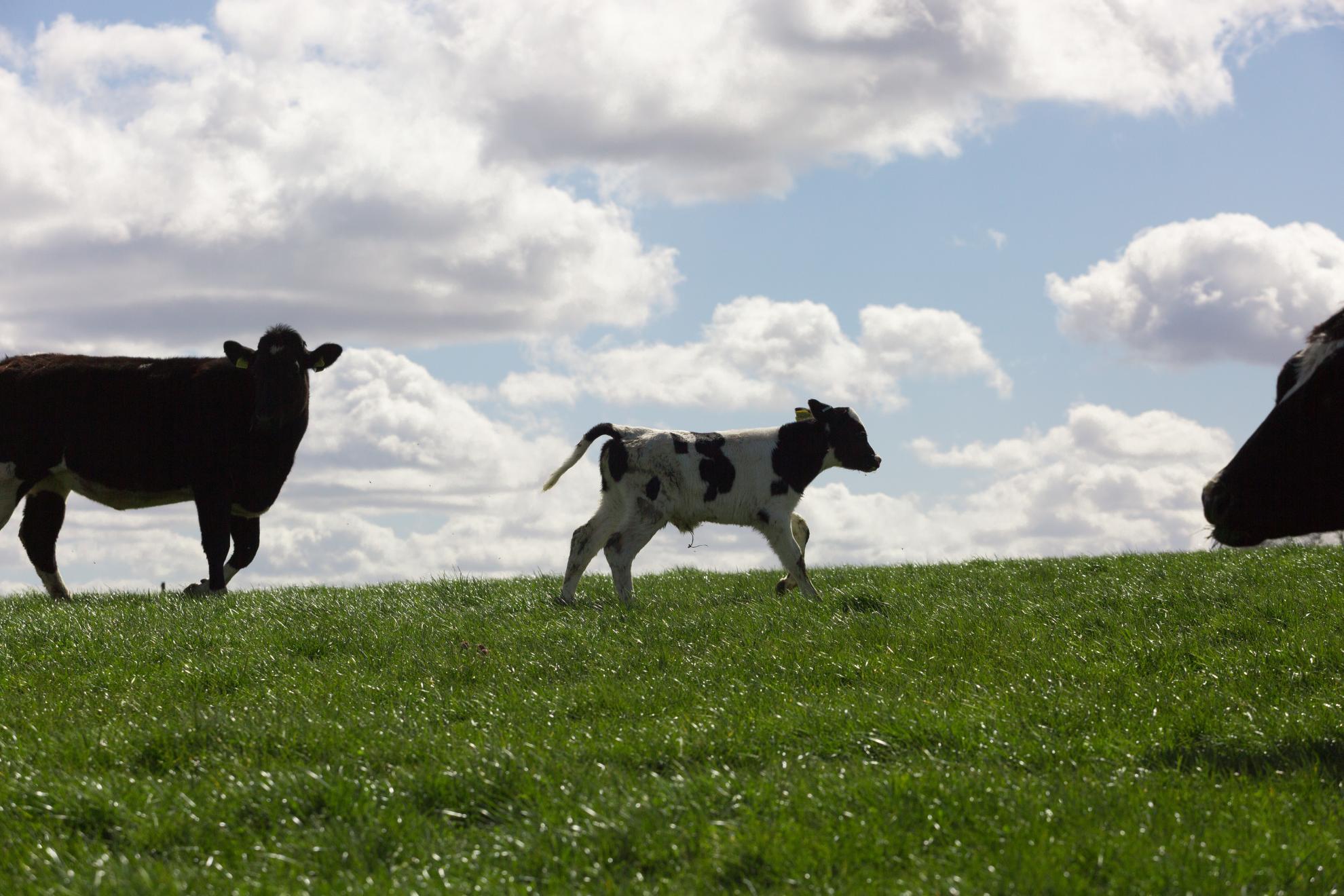Constraints on haplotype structure and variable gene frequencies suggest a functional hierarchy within cattle MHC class I
Six major histocompatibility complex (MHC) classical class I genes have been identified in cattle, and up to three of these are expressed in variable combinations on different haplotypes. The origin and functional significance of this genetic complexity is unknown. However, an improved assembly of the cattle genome, an expanded database of full-length cDNA sequences and high-resolution frequency data concerning expressed class I genes in an economically important cattle breed combine to provide a new opportunity to study the significance of cattle MHC class I diversity. Analysis of these new data supports assignment of alleles to six discrete genes and further shows that all these classical genes share a common ancestor with a single non-classical gene, . While haplotype structure is variable, with thirteen gene configurations identified, there are nevertheless clear constraints relating to both the number and combination of genes. Haplotypes expressing two classical genes are most frequently observed, and the classical class I gene 2 is almost invariably present. The frequency data support the dominance of gene 2, showing that close to 100 % of individuals carry at least one copy. This indicates a hierarchy in the functional importance of particular genes and haplotype structures. Haplotype frequency in cattle populations is therefore likely to impact on differential disease susceptibilities. This knowledge will be important for development of informed breeding strategies aimed at increasing the ability of cattle to survive in the face of future unpredictable pathogen exposure.
Back to publications
